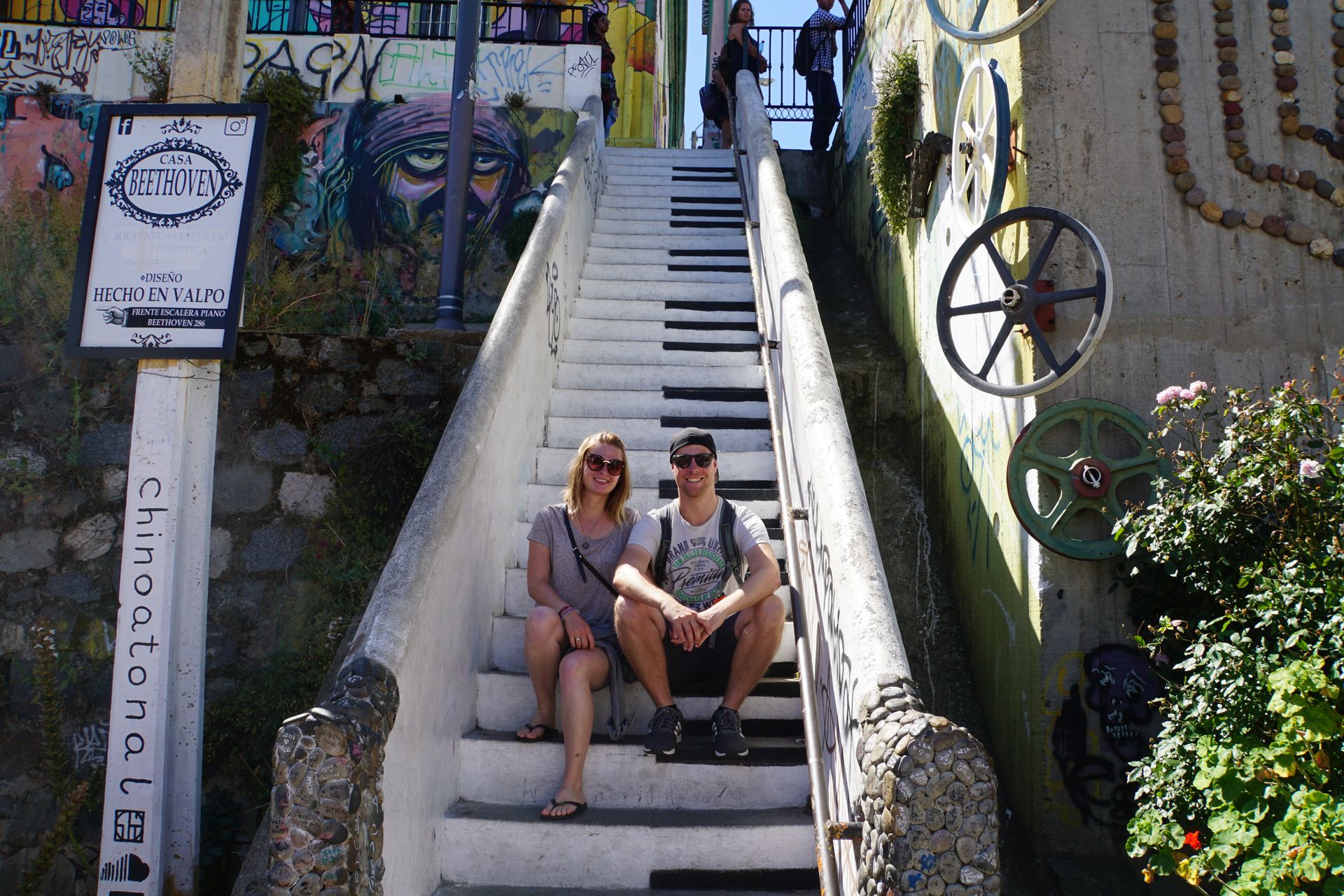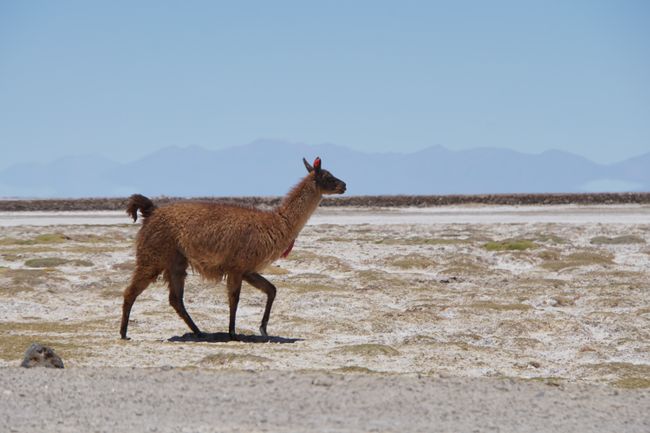Northland - Once Cape Reinga and back
Публикувано: 08.02.2019
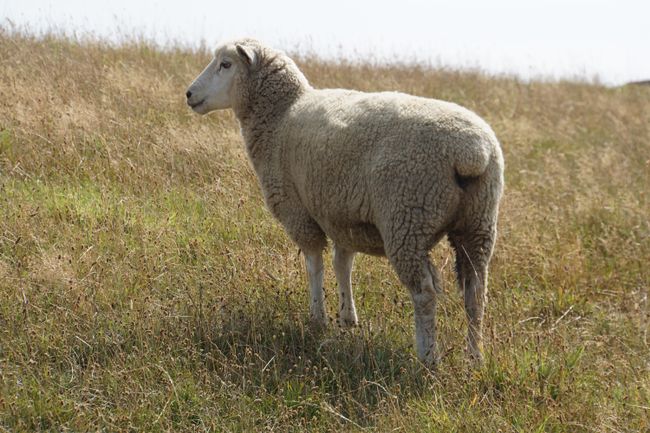
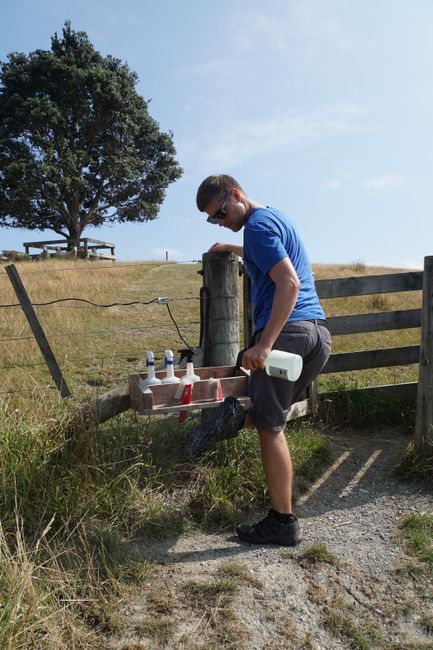
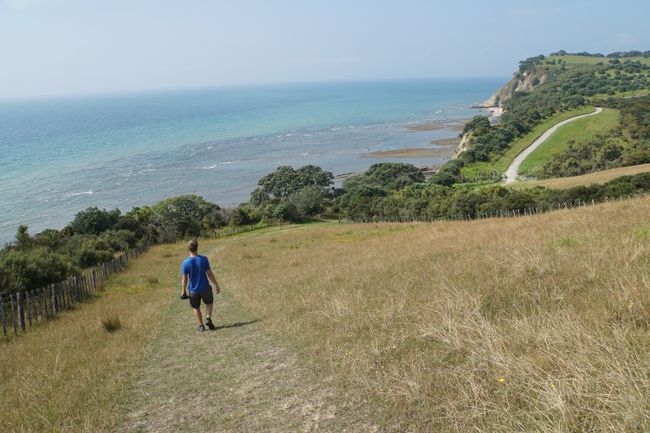
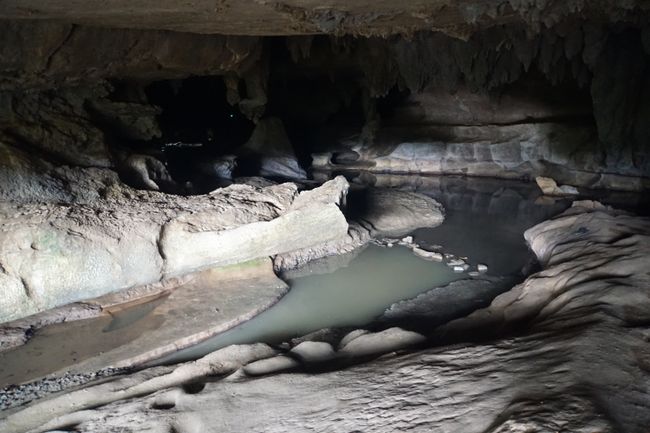
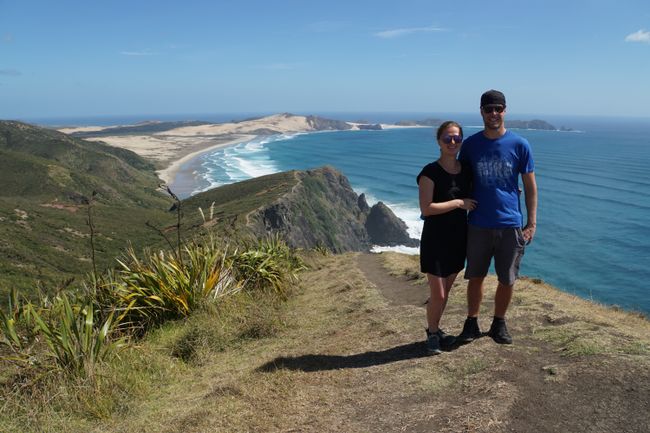
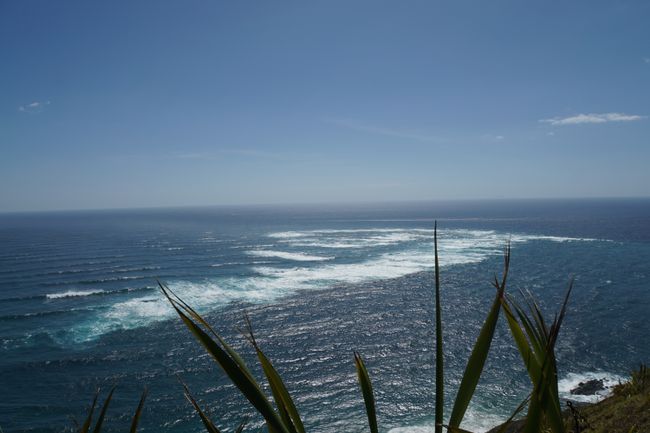
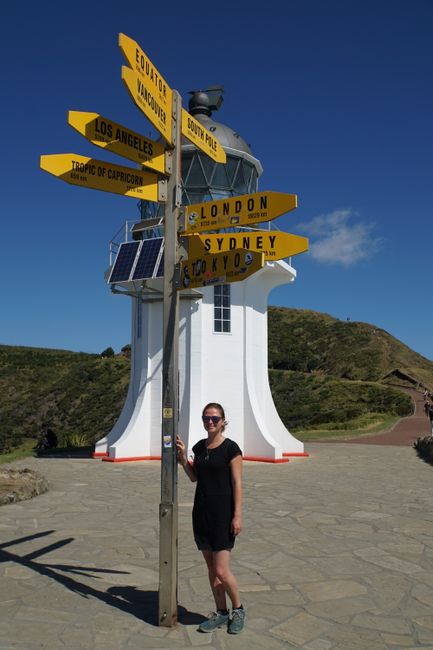
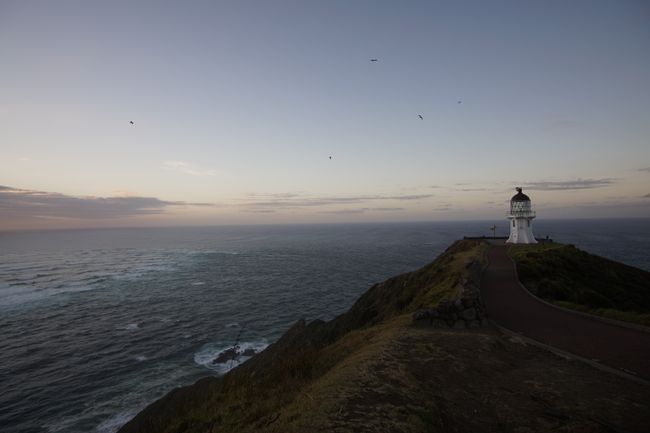
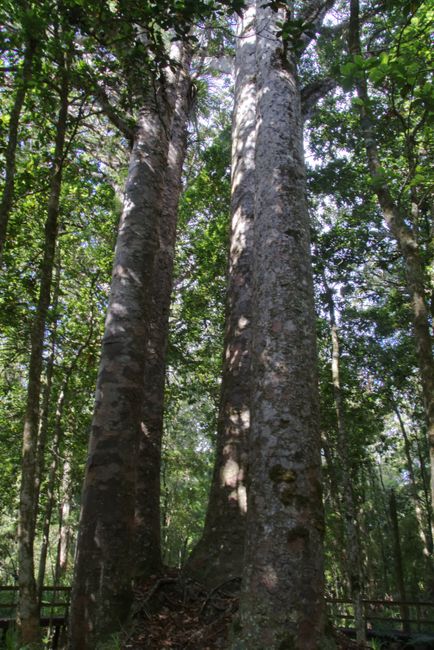
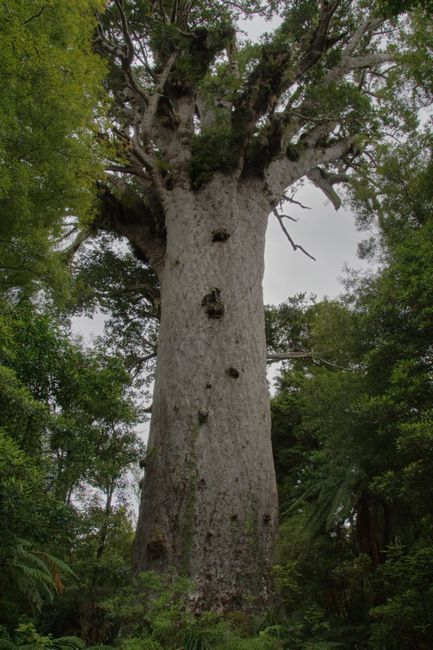
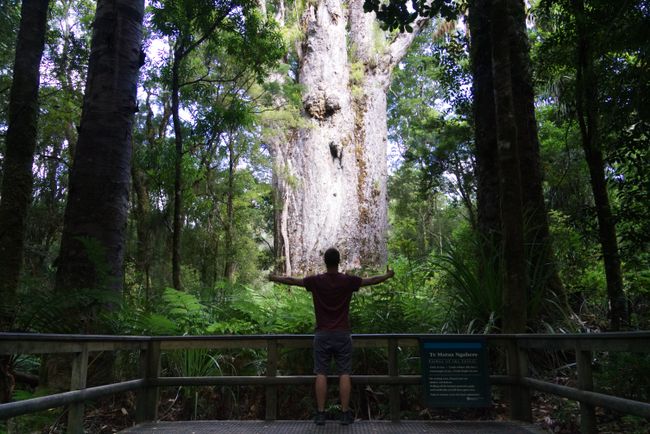
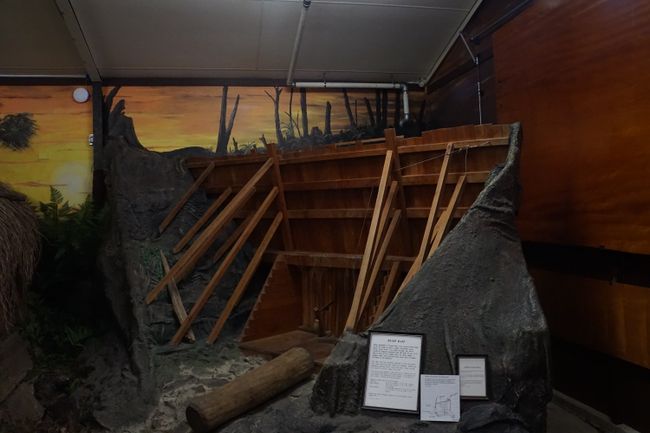
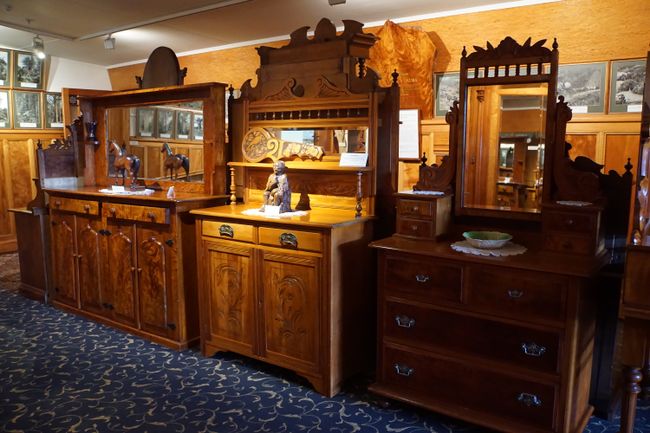
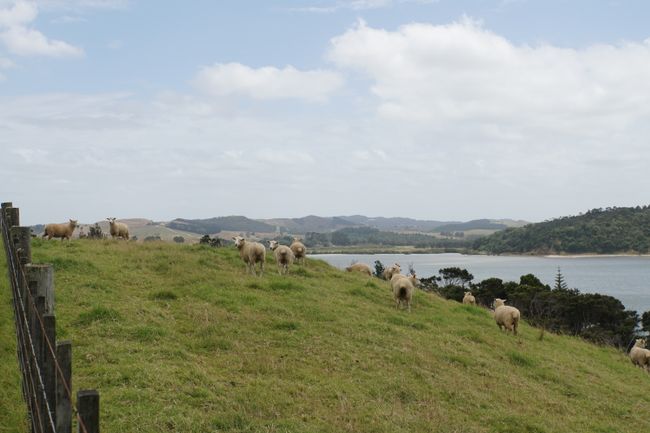
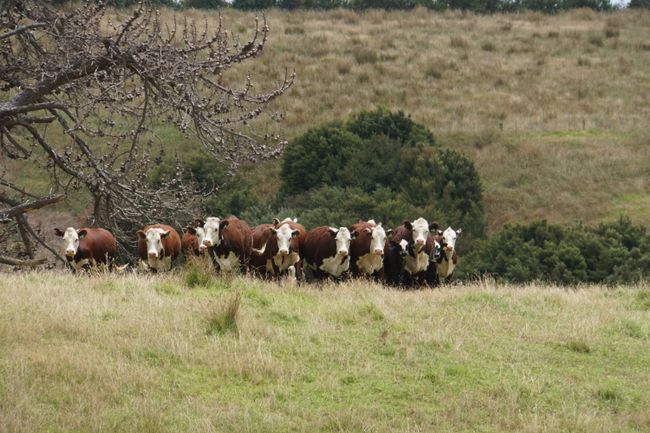
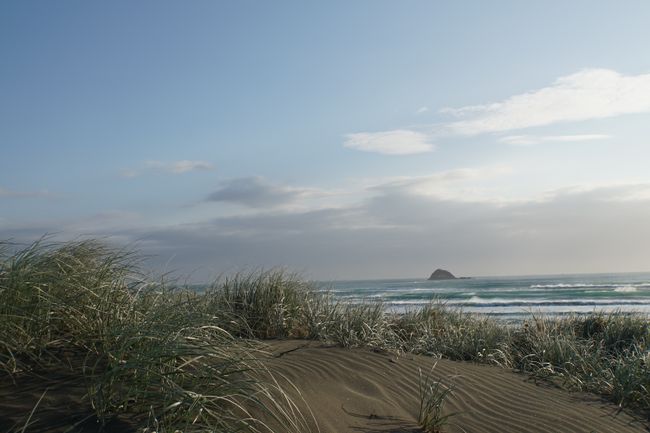
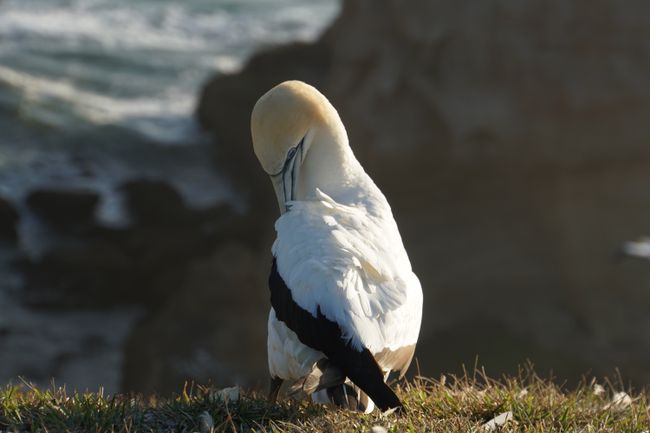
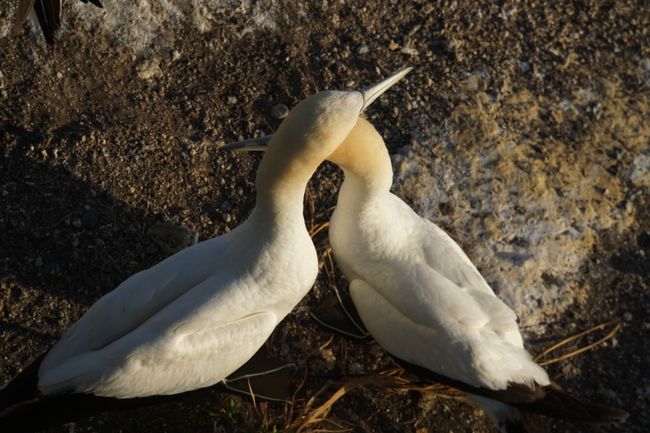
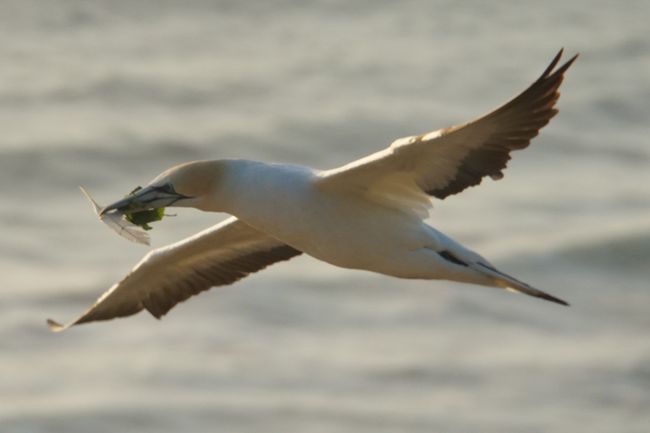
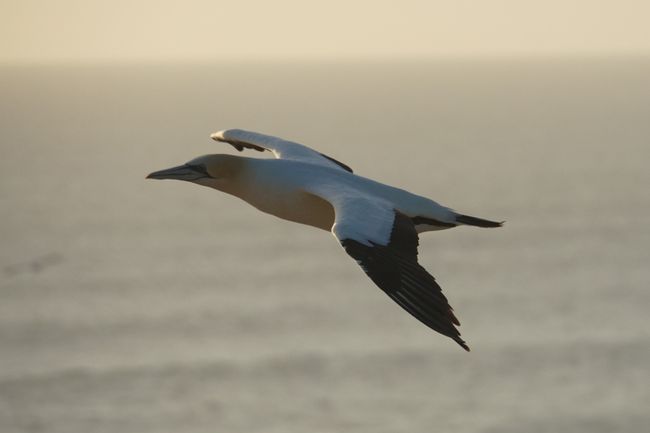
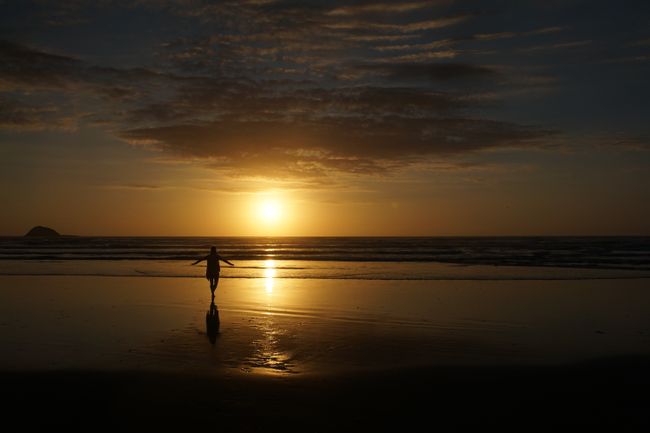
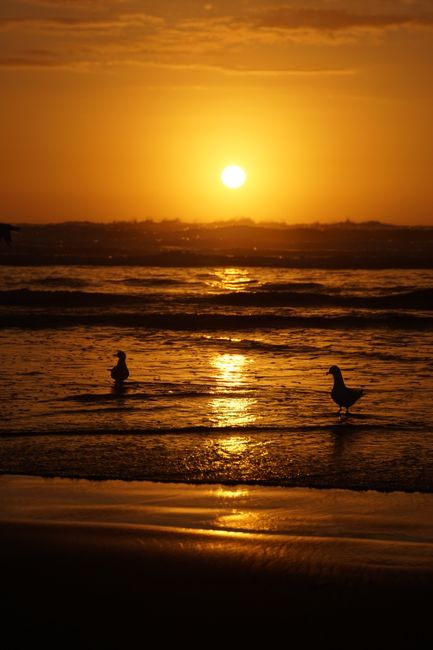
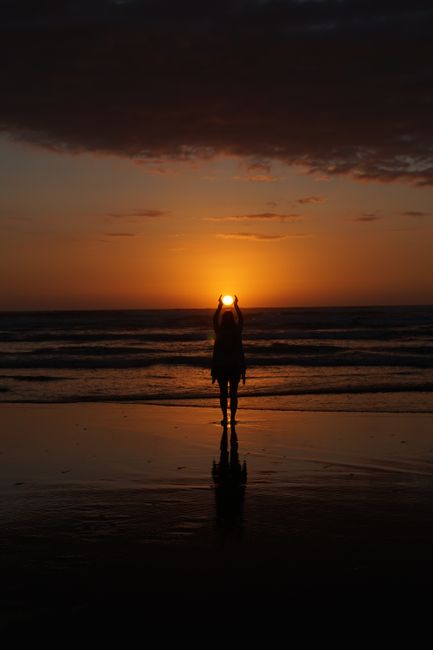
Абонирайте се за бюлетин
As soon as we leave Auckland behind us and drive towards Orewa, we feel like we're in a different world. Here in the so-called Northland, the entire peninsula north of Auckland, time ticks a little slower. The area is exclusively rural, with lush green pastures and fields full of sheep and cows, and small wooden and tin houses in the towns. We are overwhelmed by this tranquility and idyll.
Our first stop after about 40km on the road is Shakespear Regional Park, where we were able to book a campsite through the Auckland Council website. The park is located at the tip of Whangaparaoa Peninsula and the campground is right on the beach. We take advantage of the warm evening air to take a walk along the beach and watch the sunset - I promise, it was not our last romantic evening walk by the sea.
The next morning, we set off on our first short hike here in New Zealand. Shakespear Regional Park offers four fairly short loop walks (1-2 hours). We decide on a short trek that leads to a lookout point and takes us along the rugged northern coast and through a small forest back to our beach. The weather is fantastic! In the summer heat, we quickly start sweating, but the views and the varied path itself make up for our efforts.
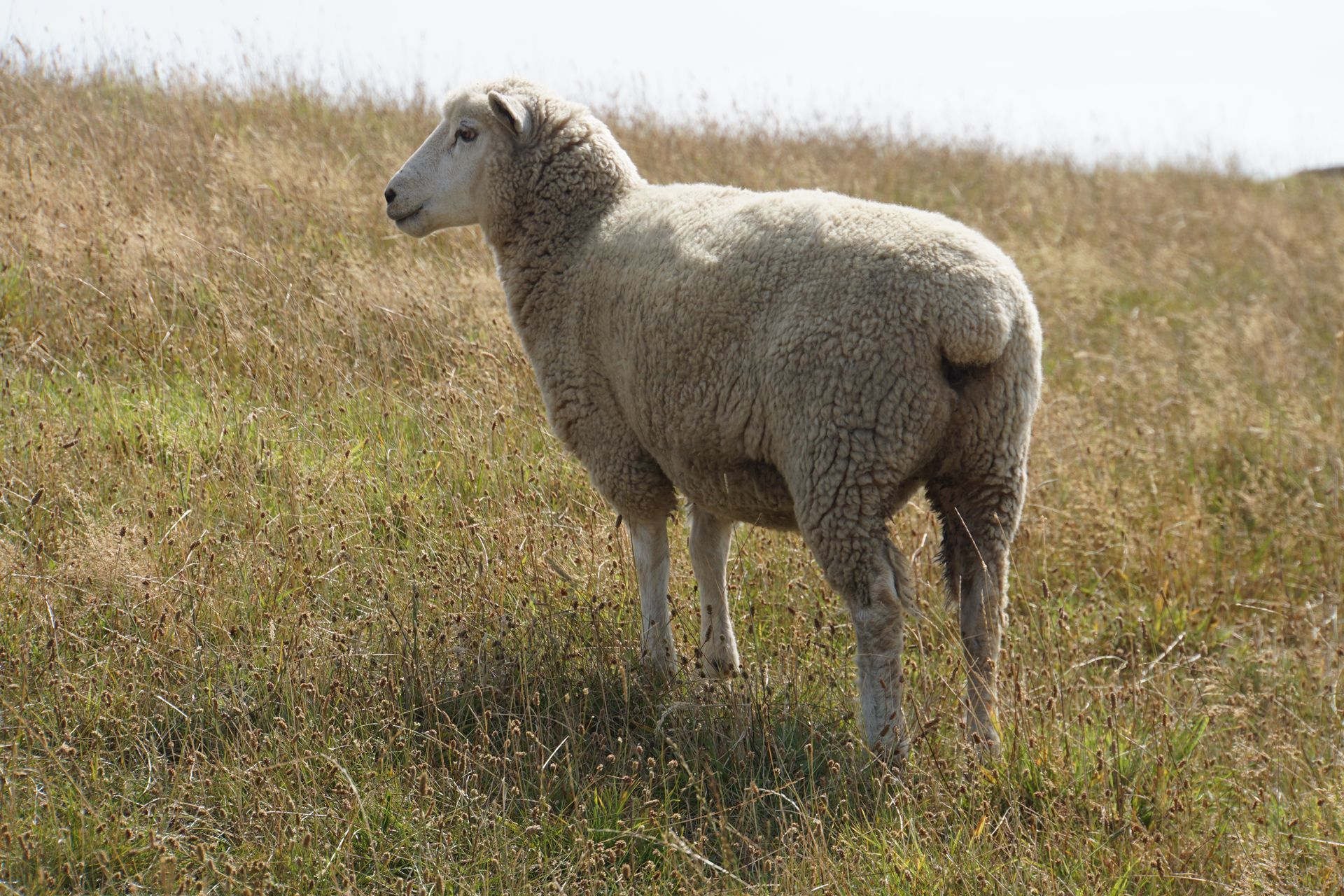

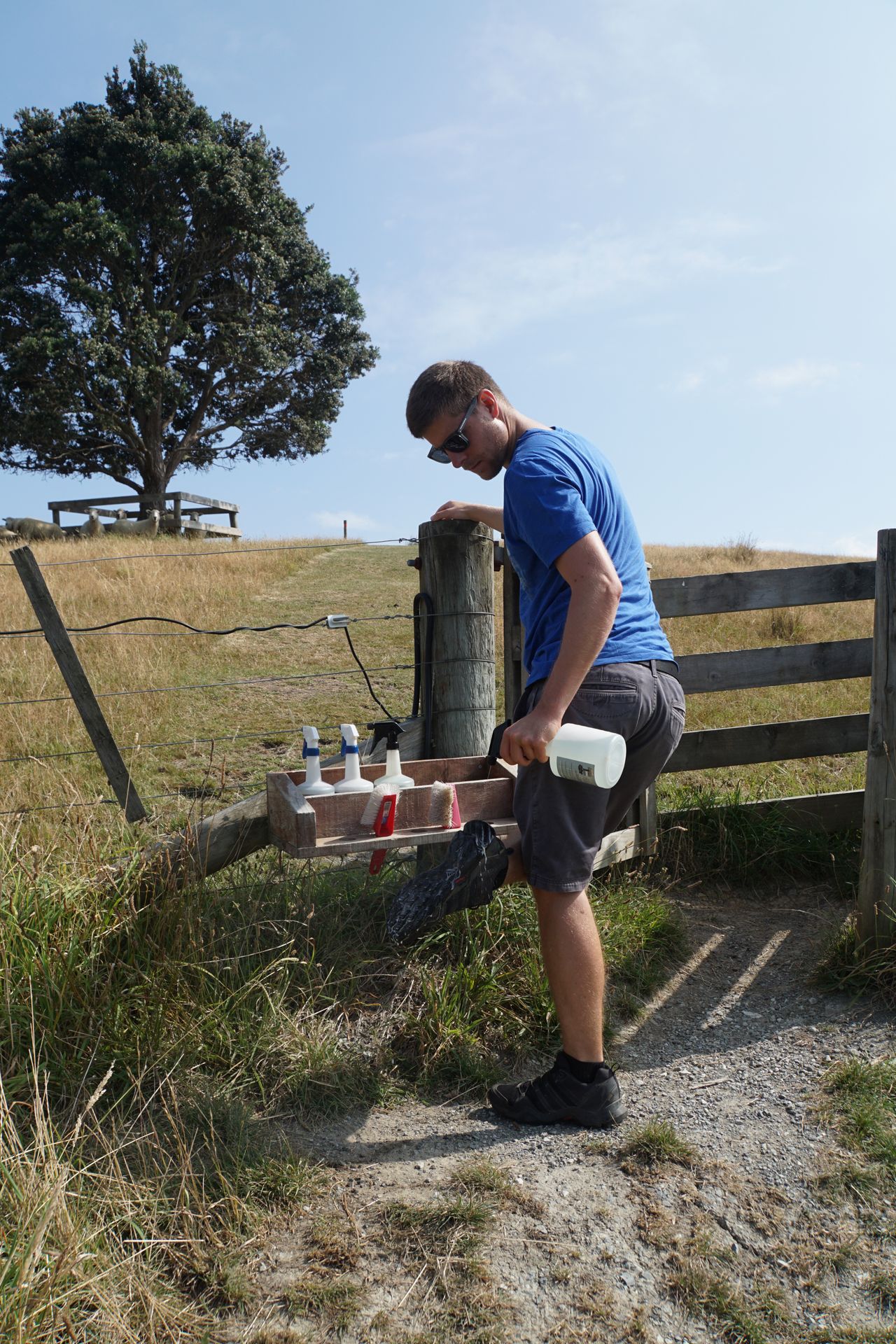
On our way to Uretiti Beach, our destination for today, we stop at Waipu Caves near Whangarai. The travel guide promised us the first glowworms here. However, it is incorrect to call these creatures fireflies, which would be the translation into German. The New Zealand glowworms are the larvae of the fungus gnat, about the size of a matchstick. After hatching from their eggs, these mosquitoes spend about 9 months in the larval stage, during which they eat as much as they can catch. During their "hunt," they use a chemically produced green-blue light to attract prey. These prey then get trapped in the up to 30 sticky threads that the larva hangs like fishing lines around its cave a few centimeters from the ceiling. Once the larva has eaten enough, it pupates and a fungus gnat hatches. This insect only lives about 4 days because it can no longer eat, as it does not have a mouth or digestive tract. A short time to find the "love of its life" and lay eggs, as our guide so nicely put it in the Waitomo Caves, but more about that in the next blog entry.
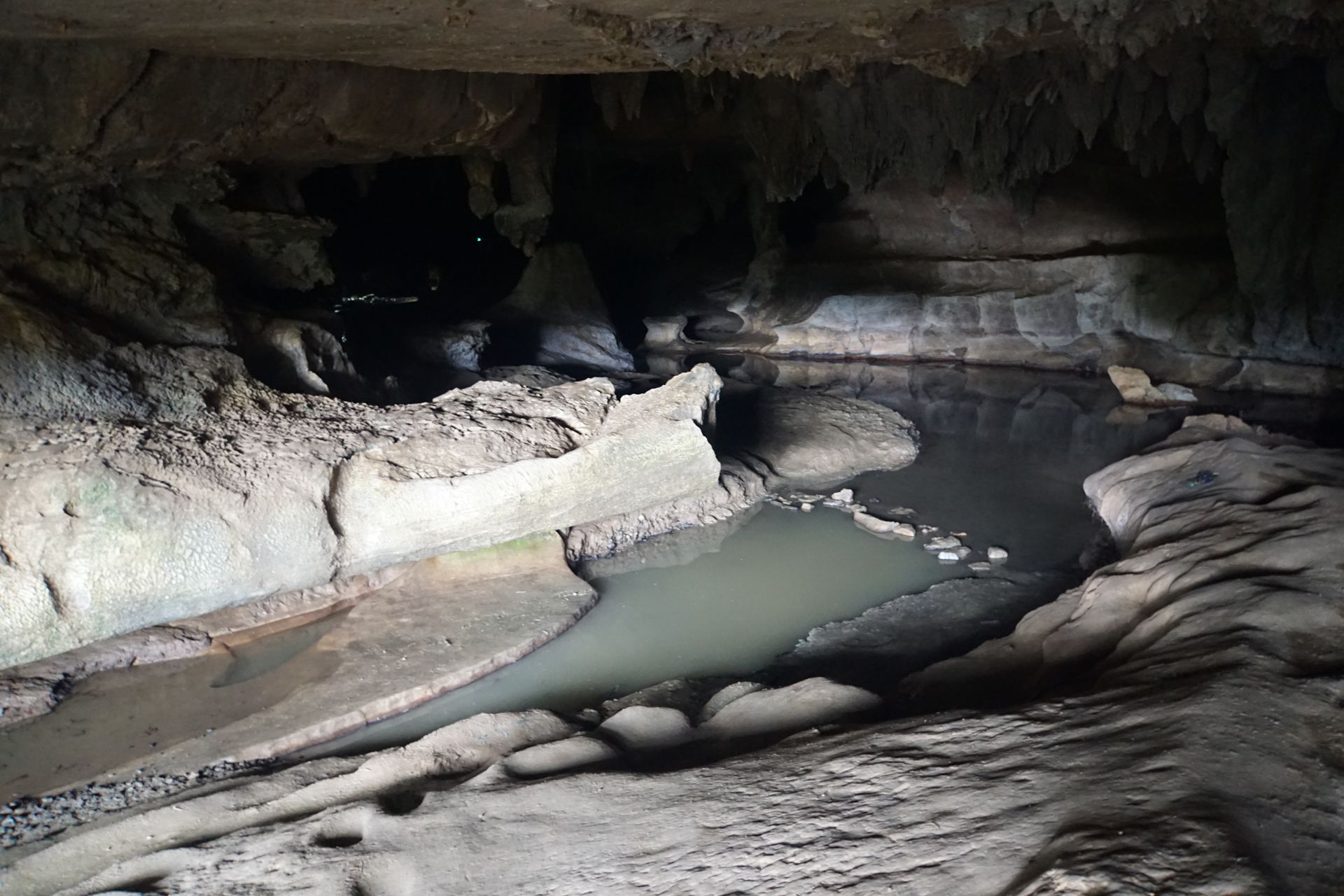
The Waipu Caves do not charge an entry fee and you can climb as far into the caves as you dare. After about 200m, we reach a slightly larger chamber with a high ceiling. We are advised to turn off our headlamps, and indeed, in the glow of our flashlights, hundreds of little luminous dots hang from the cave ceiling. It's almost like being under a starry sky, and from down here, we can't see the sticky threads either.
After setting up our tent at a campground not far from Uretiti Beach, we take our customary evening walk at sunset on the beach, and then this day is already over.
The next morning, we set off with the goal of reaching Cape Reinga. This is the northernmost accessible point in New Zealand and there is also a true natural wonder: the Pacific Ocean and the Tasman Sea converge here! It is a tumultuous spectacle that we don't want to miss! From the parking lot, a small educational trail leads down to the historic lighthouse. When we arrive, we are greeted by a fantastic sight: a few hundred meters in front of the rugged cliffs and formations of the mainland, the waves of the Tasman Sea on the left collide with the waves of the Pacific Ocean coming from the right. It foams violently and water sprays several meters into the air. We could watch this spectacle for hours!


We learn that this place is very special to the Māori. The Māori name for this special piece of land is 'Te Rerenga Wairua' - the place where the souls disappear. According to their legends, the souls of the departed travel over the Ninety Mile Beach to the west side here. Then they slide down the roots of the 800-year-old Pohutukawa tree into the ocean, swim to the Three Kings Islands off the coast to say a last goodbye, and then disappear finally at the interface of the Pacific Ocean and the Tasman Sea in the tumult of the waves to reach their ancestors in Hawaiki. Indeed, this place has something incredibly mystical, as the forces of the two seas collide.

After waiting for the sunset here, we return to the campground, which is only about 5km away. The next morning, we had planned a relaxed breakfast with pancakes... but it was not meant to be! Awakened early by a deep buzzing sound, we can hardly believe our eyes when we try to crawl out of the tent. The space between the inner and outer tent is black with mosquitos! We have never seen anything like it. There are hundreds or even thousands of them! We have to think carefully about our next action! We pack up everything in the tent that we can and place it outside the tent through a small slit. Then it's time to move quickly and be active... miraculously, we manage to get into the car with only a few bites and escape from our beautiful but mosquito-infested campground. Our pancake breakfast also goes awry as the batter burns in the camping cookware. What a start to the day.
But it was about to get much better. In Waipoua Kauri Forest, we make a short stop to admire the oldest and largest Kauri trees in New Zealand. Kauri trees, along with the redwood trees, are among the largest trees in the world. They grow very slowly but steadily up to 50m tall and can live for several thousand years. Eventually, their core becomes too weak to support their weight, and the trees break and die. The Māori, who had to treat the ancient forest giants with simple tools, considered the Kauris to be sacred, and only rarely was a tree felled, for example, to build a war canoe. With the arrival of the Europeans, these great trees came under pressure. Unlike the redwood trees, the wood of the Kauris is suitable for furniture or panel production, and the fine grain resulting from the slow growth of the trees makes it particularly valuable. A gigantic industry was created, which quickly brought prosperity to Northland and all of New Zealand. The Kauris were systematically cut down, the large and old trunks used for furniture production, and the young trees as masts for ships. To transport the huge trunks out of the forest, the resourceful loggers came up with many tricks. Sometimes 10-20 oxen were enough to pull the trunk to the river or the railway, sometimes reusable temporary dams with a breaking point were built and the trunks were placed in the flow of this dam. Then the dam was broken, and the trunks were carried down into the valley and towards the river with a deafening crash.

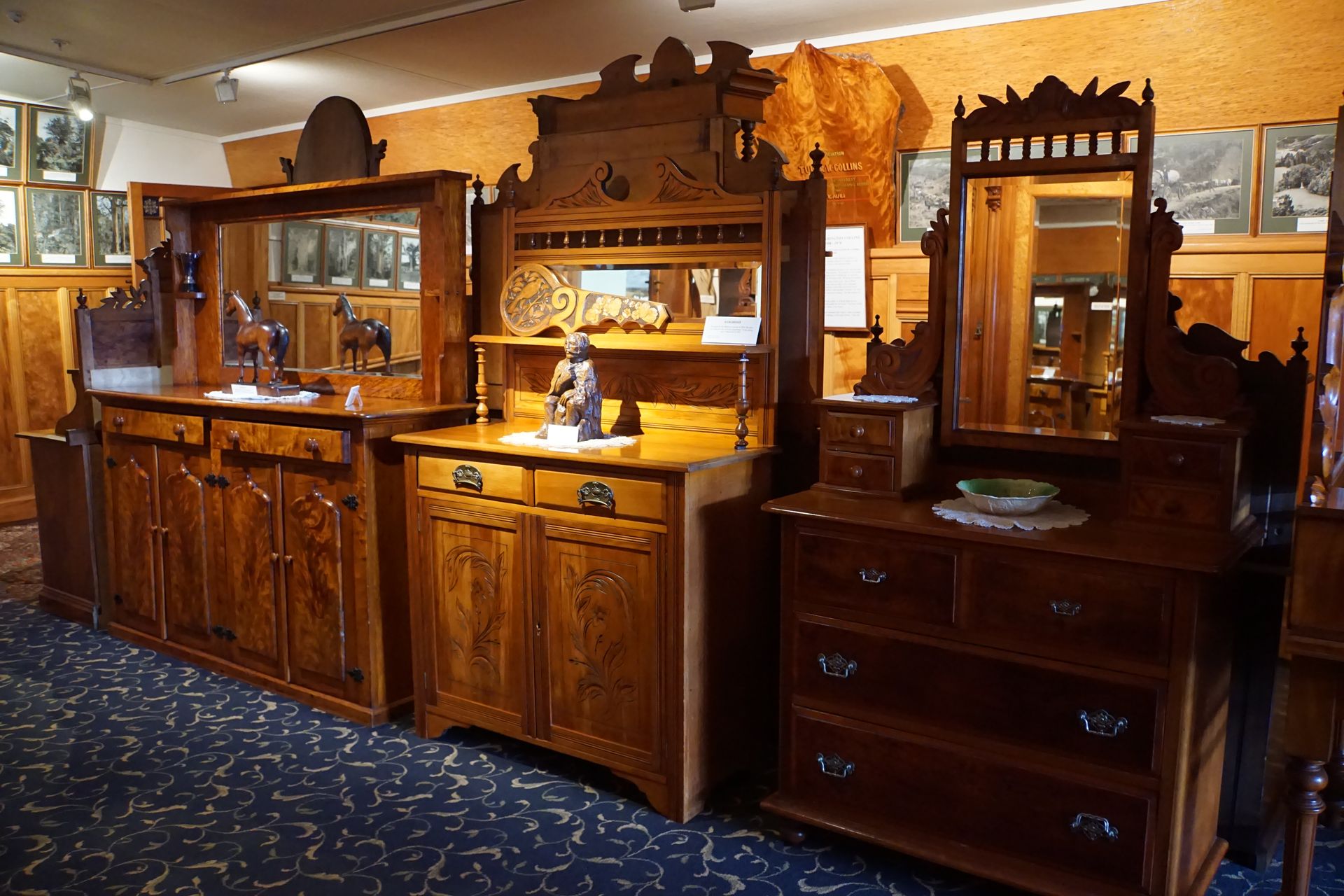
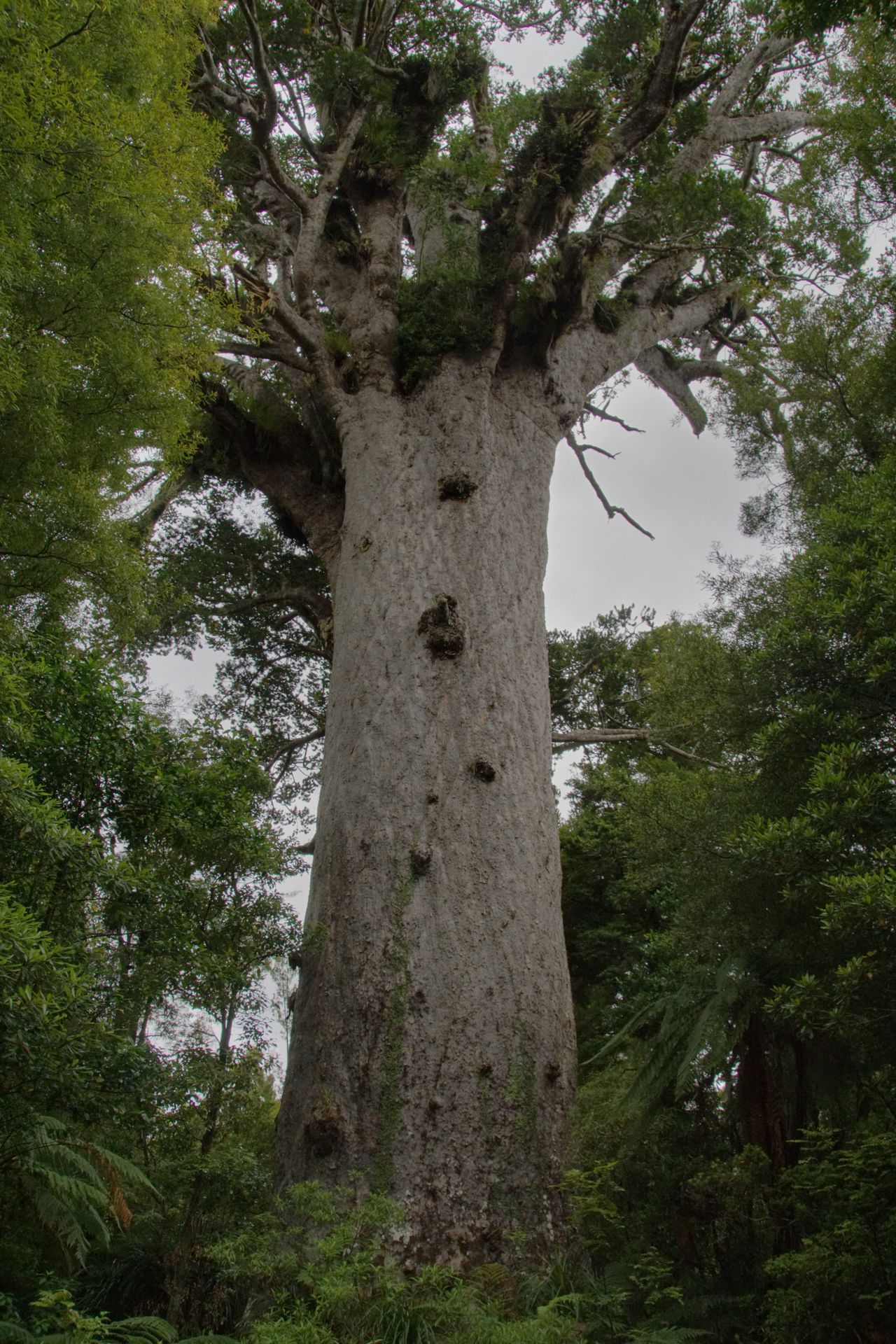
A few meters further along the road, we reach a small parking lot from where we can admire other Kauris. A short hike through the forest dominated by fern trees takes us to the Four Sisters, four slender Kauris in a circle, and the Te Matua Ngahere, the father of the forest, which is even older than Tane Mahuta. Markus can only embrace it from a distance.
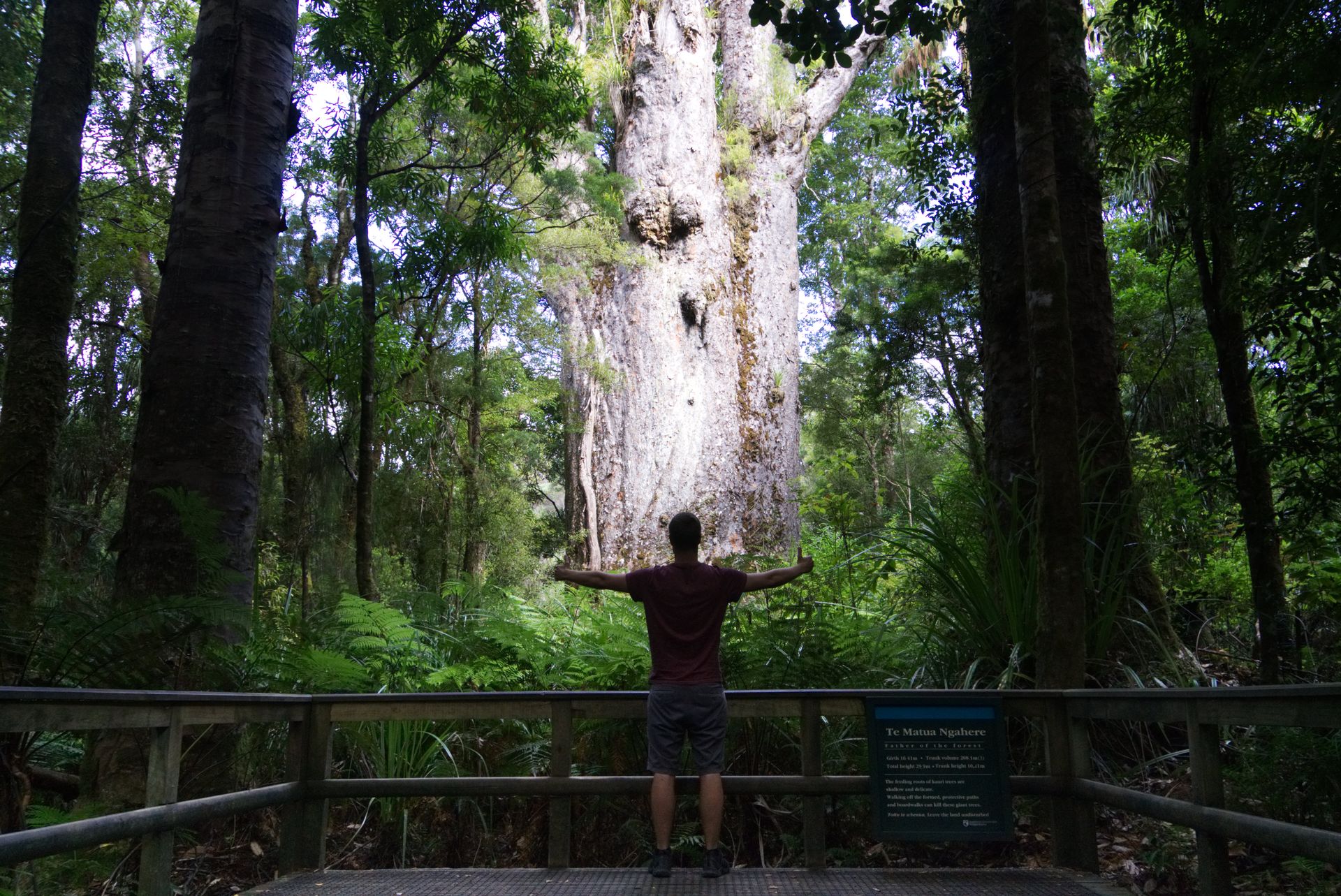
Today we are camping in Trounson Kauri Park. This DOC campground is directly connected to Trounson Kauri Forest, where we can admire more Kauris. To prevent anyone from stepping on the sensitive Kauri roots, the well-kept half-hour loop through the forest is completely laid out with boardwalks. We take a walk while it's still light and then decide to go on a kiwi excursion around 10 p.m. The nocturnal, flightless birds are said to live here. And indeed: we have not been in the woods for even 10 minutes when a couple ahead of us draws our attention to a sniffing kiwi, about the size of a chicken, in the underbrush right next to the boardwalk. We can hardly believe our luck! In the first week in New Zealand, we have already seen this shy bird!
The kiwi, New Zealand's national symbol, is unfortunately endangered due to many introduced predators. It is believed that there are only about 70,000 individuals left in New Zealand. On the one hand, it is difficult for them to escape, as they are flightless, and on the other hand, the birds nest for up to 80 days in small burrows on the forest floor. The likelihood of egg thieves finding their hiding place is therefore very high. The Department of Conservation (DOC) is trying to control the overwhelming number of predators with traps and poisoned baits. In fact, we see wooden traps filled with chicken eggs everywhere here.
We continue hiking through the forest for a while and are fairly certain that we hear a kiwi rustling and sniffing in the underbrush twice (the kiwi's sense of smell is very well developed), but we don't see any more of them. Too bad!
Instead, at our tent, we are greeted by an adorably cute and hardly shy animal about the size of a cat. At that time, we don't yet know that we have seen a possum. These animals were introduced from Australia in the mid-19th century. Their fur was in high demand and was supposed to boost the economy here in New Zealand. Without natural enemies, the possums were able to reproduce unchecked until the government put a stop to it in the early 20th century. But it was too late. In the 1980s, there were apparently over 70 million possums in New Zealand. And such a possum wouldn't pass on the opportunity to eat a kiwi egg, not to mention the abundance of plant material. Due to the strong hunting pressure, only around 30 million possums now live in New Zealand. Conservationists and the population work hand in hand to contain this plague. In fact, we see countless dead possums on the roads here. Our suspicion that the locals purposefully run over a possum if it crosses the road is confirmed by a Dutch student who has completed a semester exchange here. Well, somehow you have to deal with it.
Our trip to Northland continues with a visit to the Kauri Museum in Dargaville (pictures above), where we learn a lot about the Kauri timber industry and the gum diggers, the people who searched for Kauri gum after the trees were felled. The world's largest collection of Kauri gum is located here. Including an 84kg piece.
The next day, we go for a short hike in the Atiu Greek Regional Park, where we are observed by cows and sheep. Afterwards, we head to Muriwai Beach, northwest of Auckland. At this black sand beach, we enjoy a breathtaking sunset and visit the gannet colony at the upper end of the beach the next day. The birds are not bothered by the tourists and sail majestically above our heads.



This concludes our first week in New Zealand. We have explored Northland as best we could. Now we will continue to the central part of the North Island.
Абонирайте се за бюлетин
Отговор (1)
Martina
Possums kenne ich auch als "Road Kill", daher denke ich, dass die vielleicht extra unter die Autos laufen! Winke!!
Отчети за пътуване Нова Зеландия
